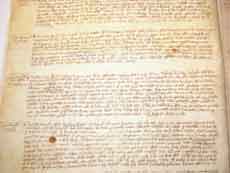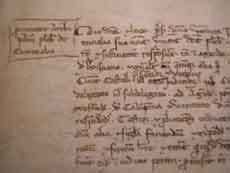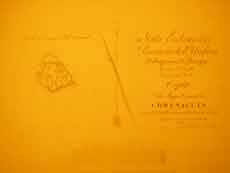| |
|
|
|
|
|
|
| |
The oldest historic document in which Comunaglia is mentioned is the Papal bull issued in 1126 and kept in the Archivio Capitolare (capitular archives) Tifernate (Città di Castello).
Thanks to a privilege bestowed by the Pope, Bishop Ranieri of Città di Castello took possession of numerous Pievi and one of those mentioned is the Pieve di Comunaglia.
In the past, the Pieve, which is an area that comprises a number of rural parishes and that has a vicar, was very wealthy and was an important centre for meetings and pastoral visits.
Following a period of peace and prosperity, in the 13th century, troubled by the bitter struggles between Guelphs and Ghibellines, the Pieve di Comunaglia was involved in harsh conflicts and partially damaged. In around 1564, the Church of Saint John the Baptist was built on the old remains of an earlier church.
Reports of various pastoral visits between 1826 and 1872 tell us about the "450 souls who lived and worked in Comunaglia". But as early as the beginning of the 20th century, a pastoral visit described "a crumbling presbytery in need of restoration". In the 1950s, due to the agricultural crisis and the emergence of the first industries, many of the inhabitants left Pieve di Comunaglia and moved further down, boosting expansion of the town of Calzolaro.
In 2000, the company Oppidum Srl acquired this small village named "Borgo di Comunaglia" and started to reclaim it. Now complete after 10 years of work, the houses have been restored to their original form with respect for the history, the region and the local materials and the village has been given a new lease of life.
|
|



clicca sulle immagini per ingrandire |
|
|
|
| |
|
|
|
|
|
|
| |
|
|
|
|
|
|
| |
AVAILABLE PROPERTIES |
|
|
|
|
|
|
|
|
|
|
|
|
| |
|
|
|
|
|
|
|
|
|
|
|
|
|
| |
|
|
|
|
|
|
